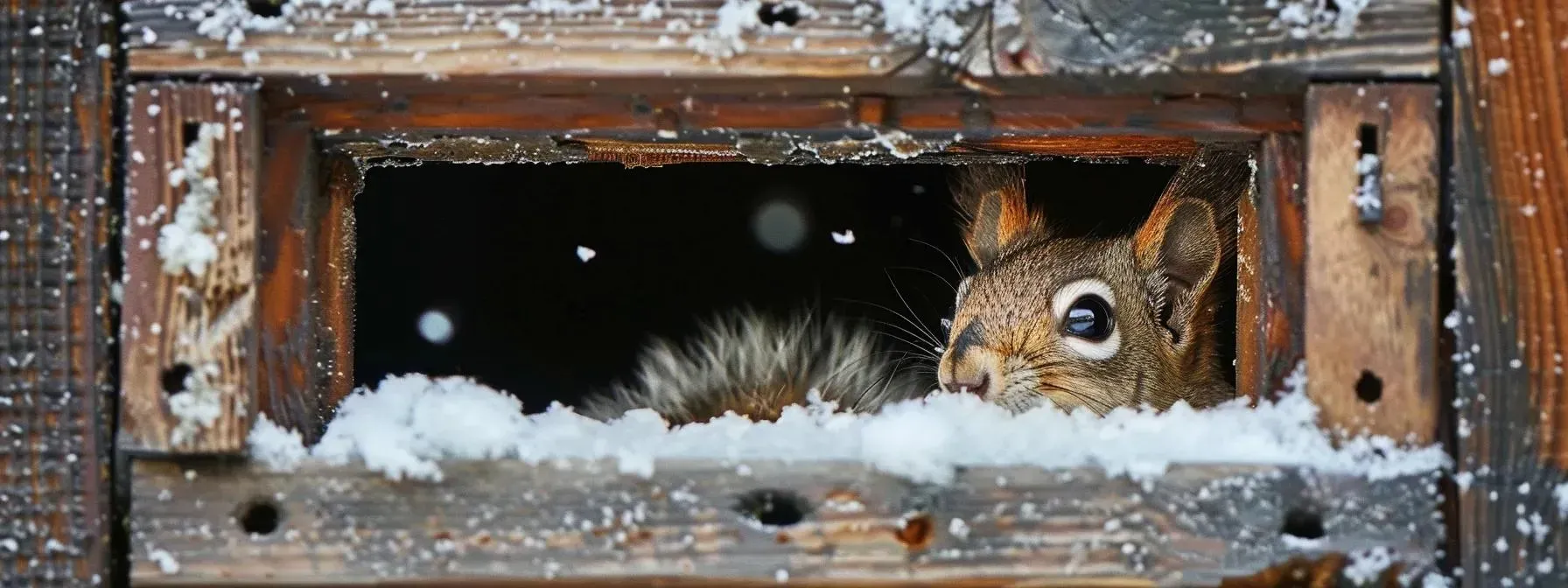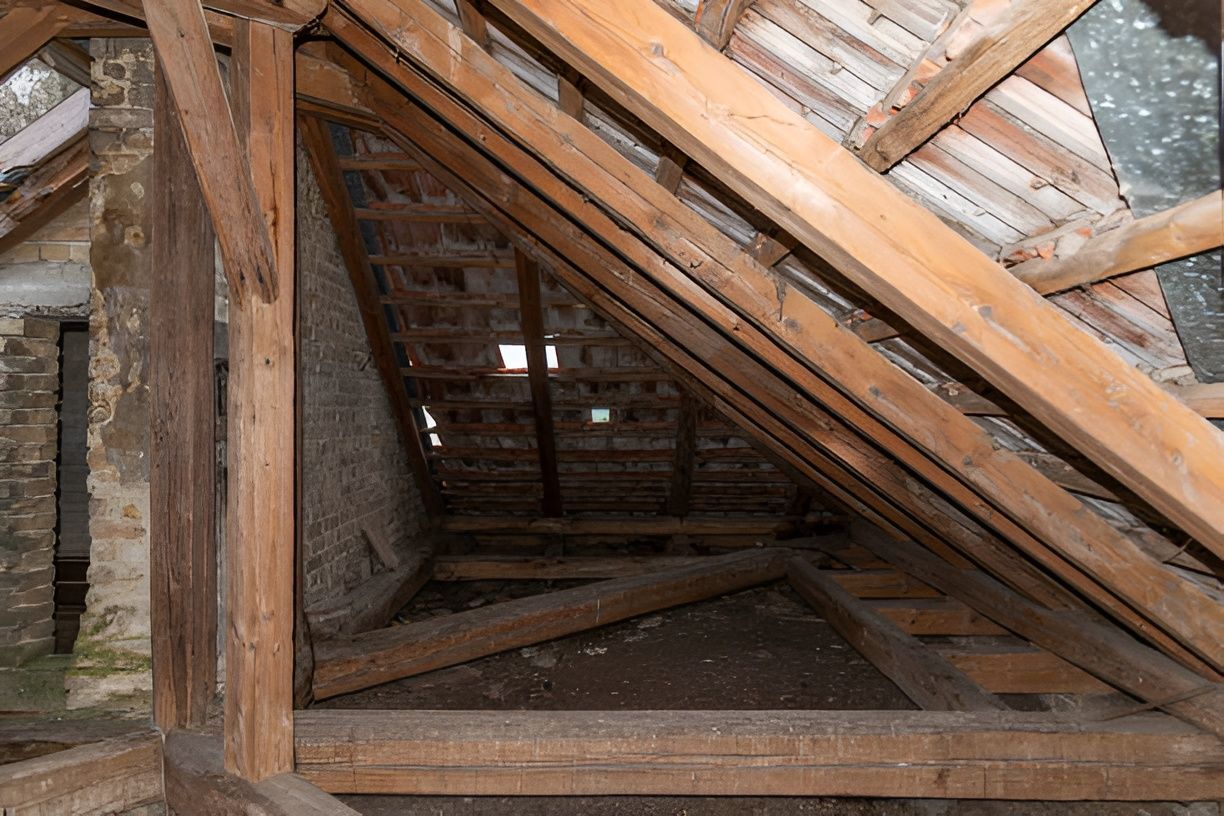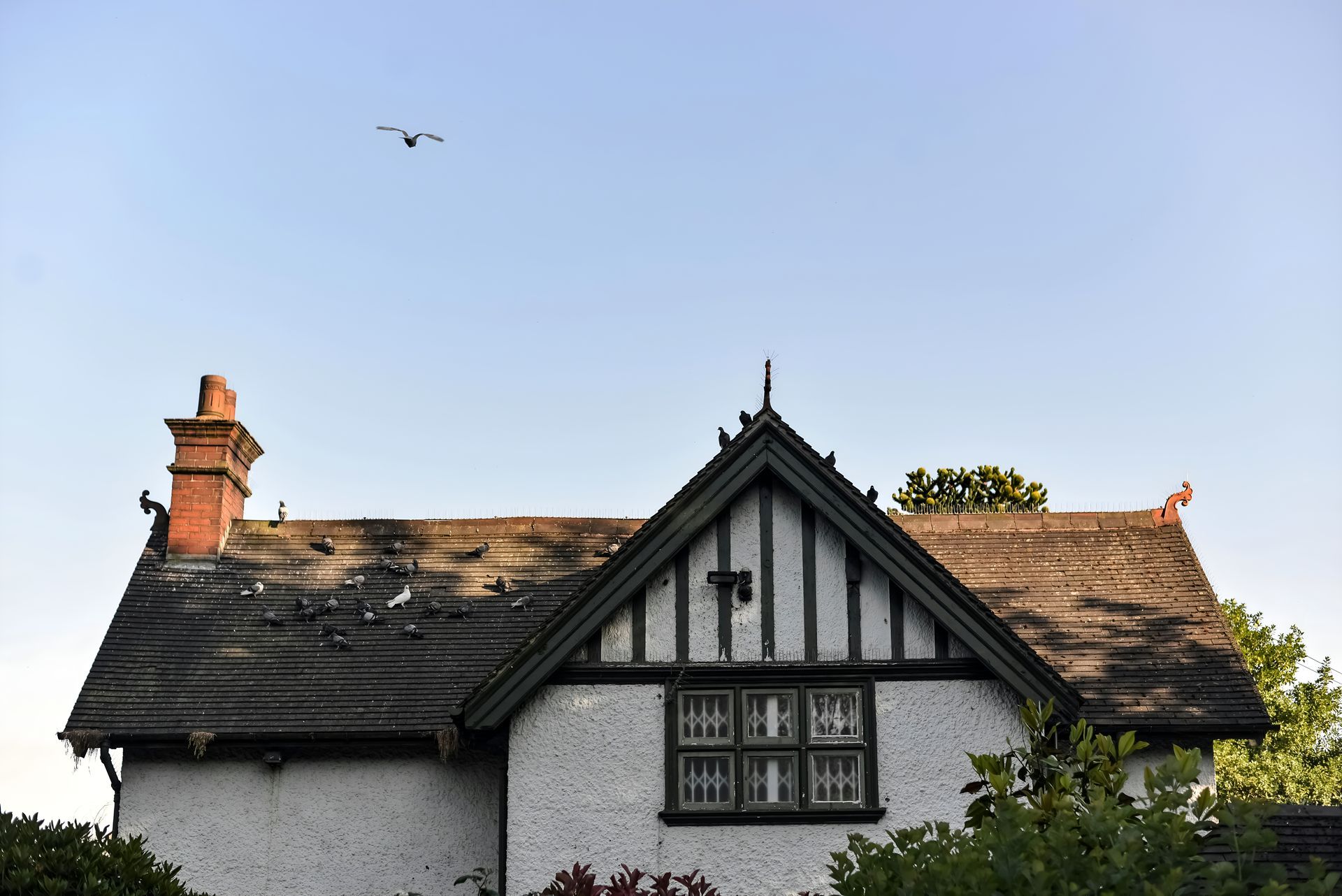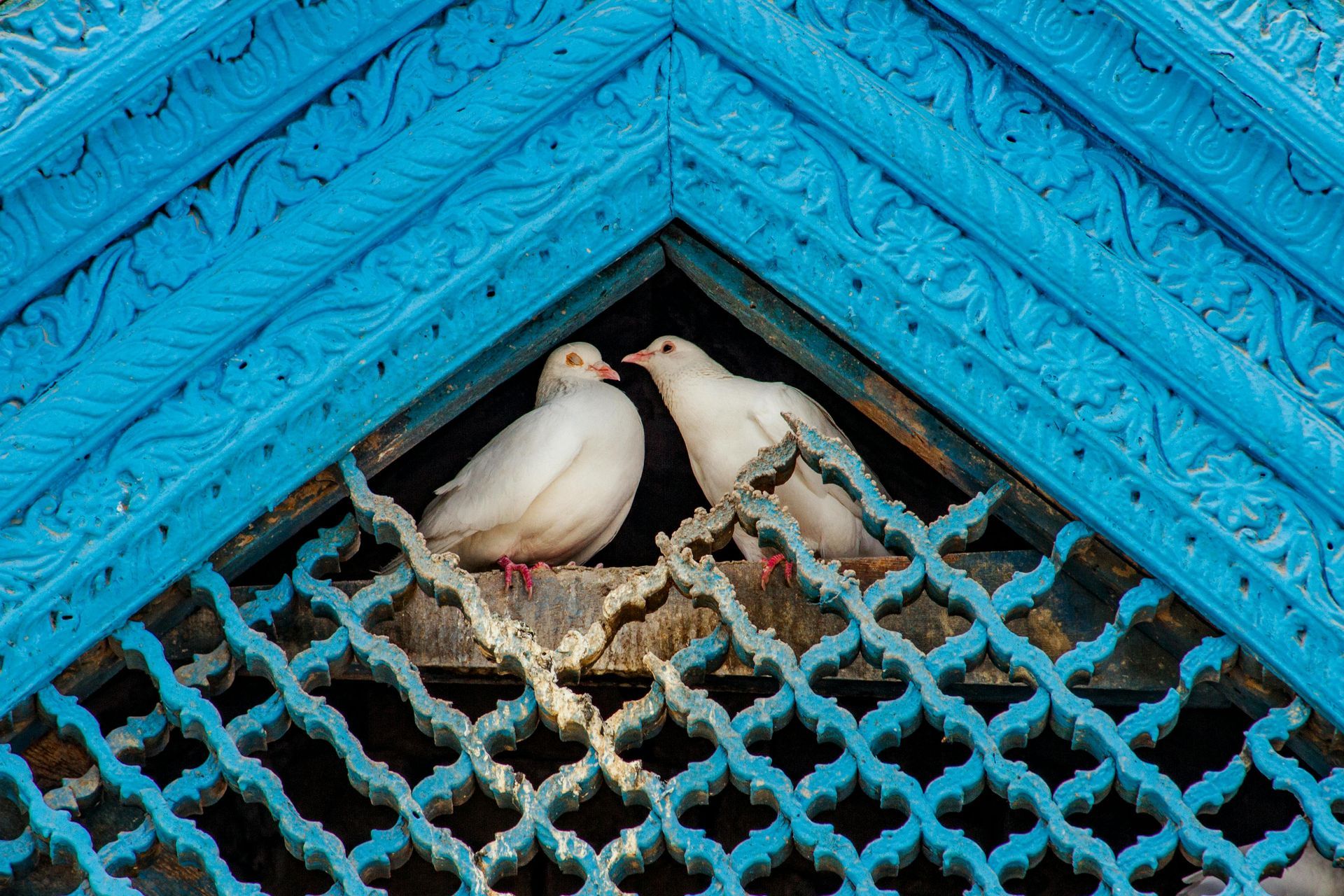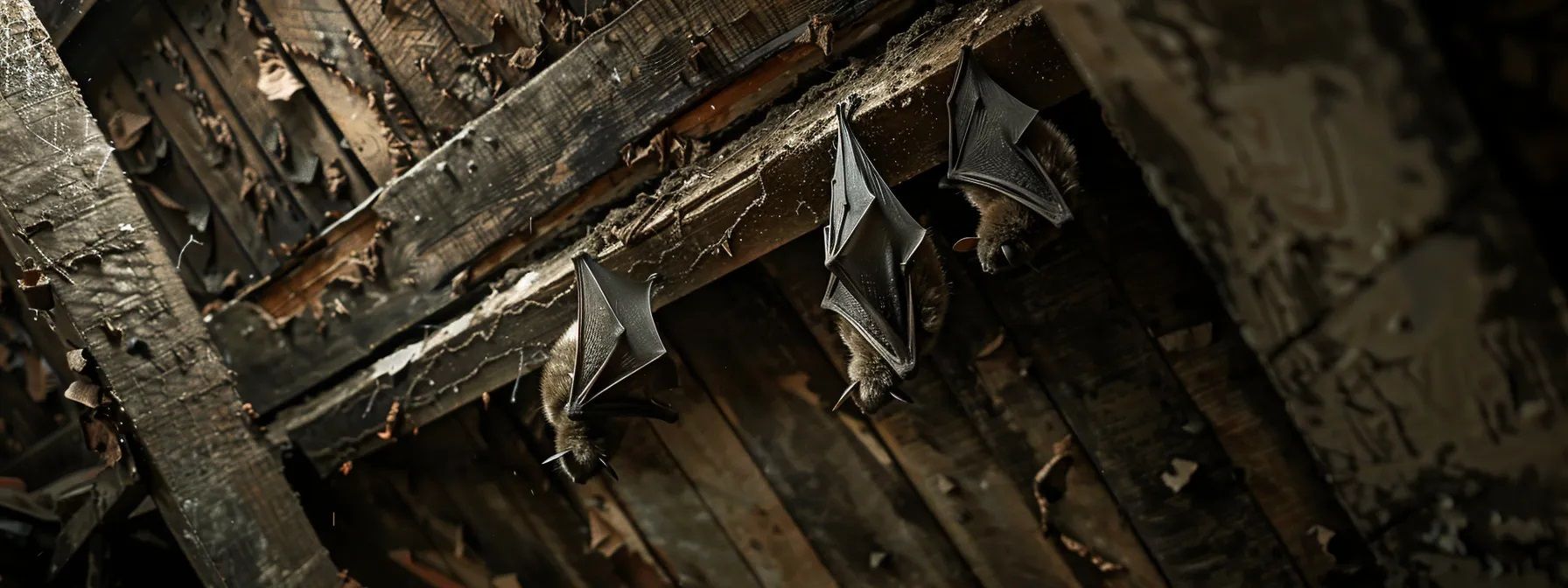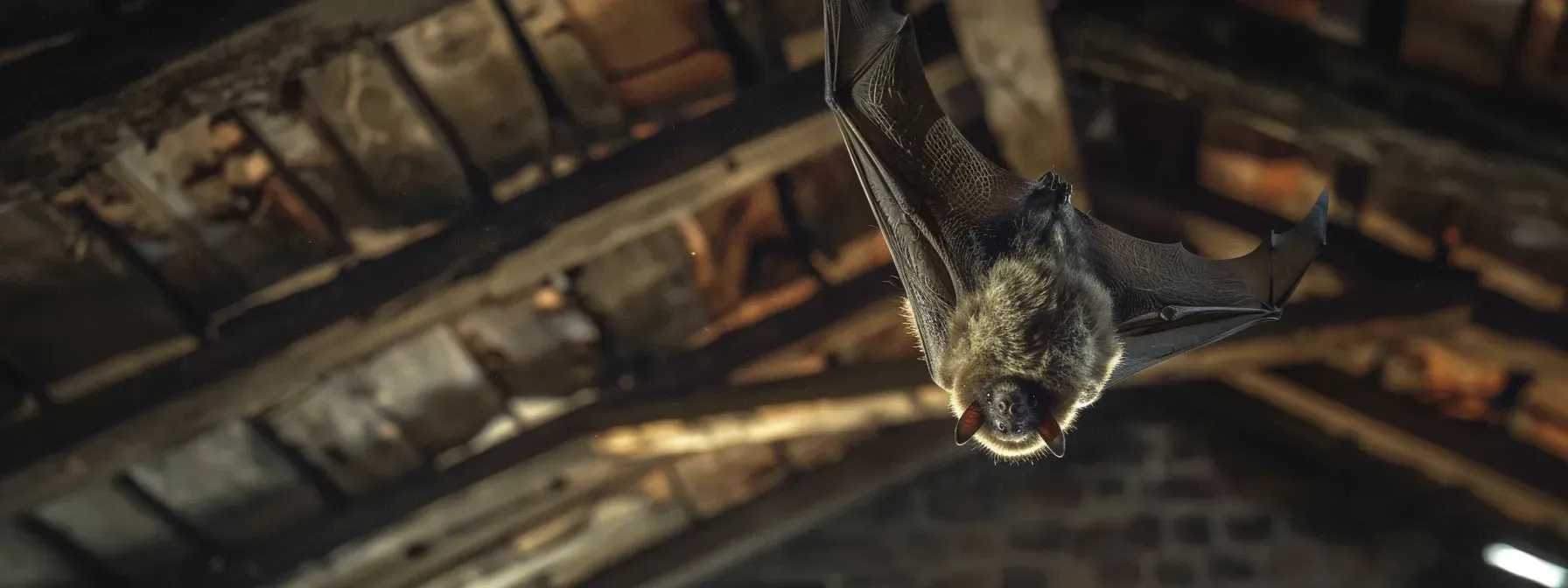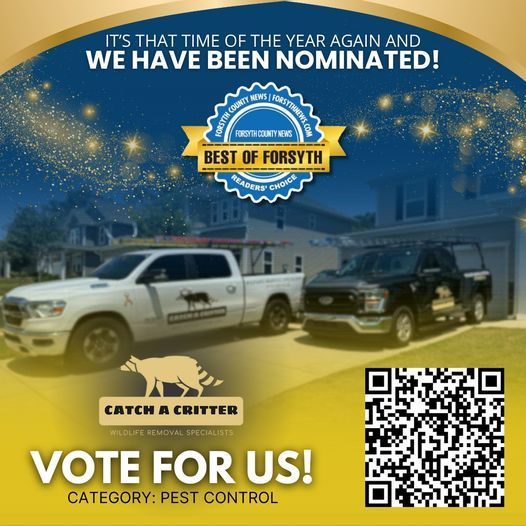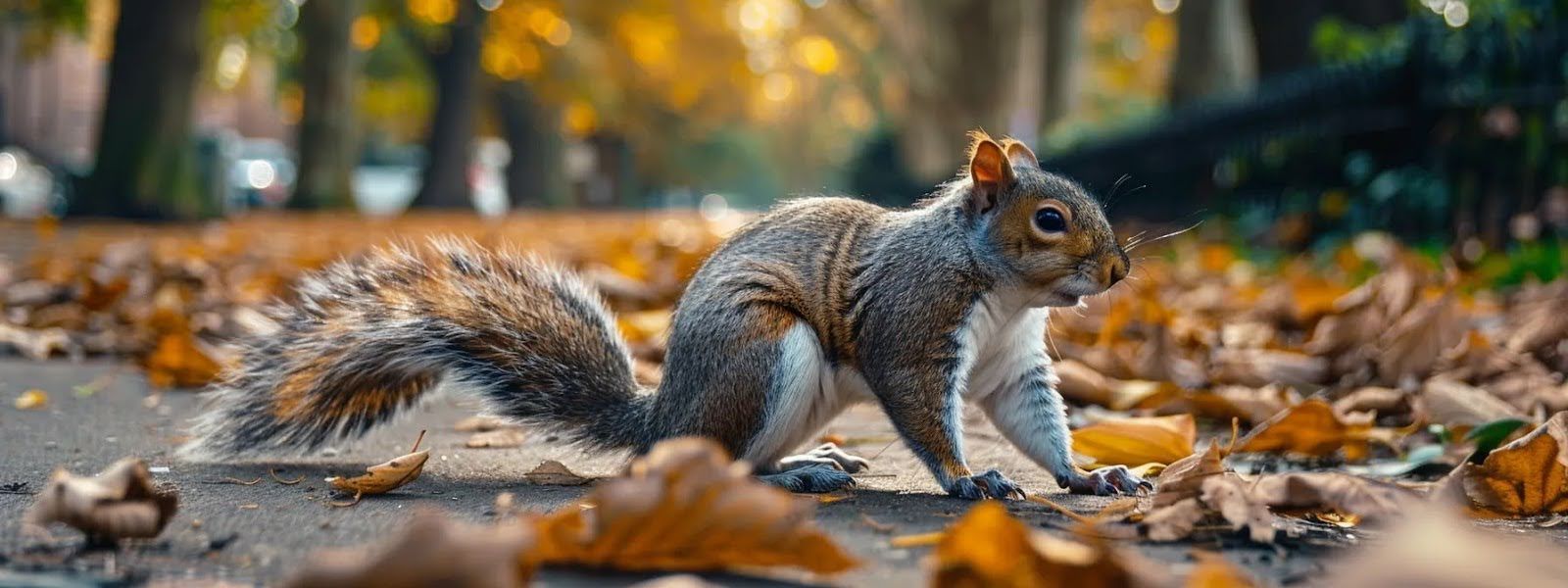Here’s What to Do If Baby Animals Are Nesting in Your Attic This Spring
As spring takes hold in Georgia, wildlife begins its annual search for safe nesting spots. Unfortunately for homeowners, attics often top the list. If you hear rustling above your ceiling or spot signs of new tenants, you could be dealing with nesting animals.
Baby squirrels, raccoons, or birds may be settling in, and how you respond matters. Mishandling the situation can lead to harm, property damage, or even legal trouble. This guide walks you through what to do next and how to approach animal in attic removal the right way.
What Does It Mean If You Hear Sounds in the Attic This Time of Year?
In April, many animals seek safe, warm spots to raise their young. Attics provide shelter from weather and predators. If you hear scratching, chirping, or movement above the ceiling, there’s a good chance you have a visitor.
These are some common attic squatters during spring:
- Squirrels: Look for daytime noise, often in the early morning.
- Raccoons: Known for nighttime thumping and heavy movement.
- Birds: You might hear fluttering, chirping, or wings brushing surfaces.
All of these species may nest in insulation, ductwork, or quiet corners of your attic.
Is It Safe to Remove Animals and Their Babies Yourself?
In short, no. Removing animals, especially when babies are involved, can cause serious harm. Young animals are fragile and can easily die if separated from their mothers too early. In many states, including Georgia, wildlife removal is regulated by law.
Why You Should Avoid DIY Wildlife Removal:
- Injury Risk: Adult raccoons and squirrels may bite or scratch when defending their young.
- Legal Trouble: Certain species are protected, and disturbing their nests can lead to fines.
- Messy Aftermath: Without proper exclusion and cleanup, you could end up with another infestation or dangerous contamination.
What Is Humane Animal in Attic Removal?
Wildlife removal involves more than just trapping. Professionals use a process called
exclusion. It allows the animals to leave through a one-way door but prevents them from re-entering. Once the attic is empty, all entry points are sealed, and the space is cleaned.
If babies are present, the mother is often allowed to relocate them naturally. In some cases, babies are temporarily moved to a warm, protected area outside so the mother can retrieve them.
What Should You Do Immediately If You Find a Nest?
Here’s a clear step-by-step plan:
- Stay calm and don’t touch the animals.
- Close off the attic entrance to kids and pets.
- Observe: Try to note what kind of animal it is and when it's active.
- Call a licensed wildlife removal company with experience in humane practices.
- Avoid blocking exits or using repellents, which can trap the animals inside and lead to death or more damage.
What Happens After the Animals Are Gone?
After safe removal, professionals will usually inspect for damage. Wildlife often tears insulation, chews wires, or leaves waste behind. You may need attic restoration to remove contaminants and prevent mold or parasites. Entry points should be sealed with materials that stand up to weather and animal tampering.
According to the Centers for Disease Control and Prevention (CDC), rodents and raccoons are known carriers of zoonotic diseases, including leptospirosis and salmonellosis.
What If the Babies Are Alone?
Sometimes, you’ll find babies without their mother around. That doesn’t mean they’ve been abandoned. Mothers may leave temporarily to gather food. If the babies appear warm, quiet, and clean, leave them be and contact a wildlife pro. Do not try to feed or move them.
Why Spring Animal Removal Needs Special Care
In spring, animals are focused on survival and parenting. Removing a mother from her young too quickly can cause both to suffer. Professionals understand how to time removal and use proven techniques to keep both people and animals safe.
For example, a licensed tech might install a one-way door outside the attic but delay sealing the exit for a few days to give the mother time to move her babies. That small step can mean the difference between a peaceful removal or a heartbreaking one.
Helpful Tips to Prevent Wildlife Nesting in Your Attic Again
- Trim trees at least 6 feet away from the roof.
- Install chimney caps and vent screens.
- Inspect soffits and eaves for holes or cracks.
- Secure pet food and trash to avoid attracting adult animals.
Conclusion
Spring is when wildlife is most likely to nest in attic spaces. If you discover a nest of young animals overhead, acting quickly and thoughtfully is key. By reading this guide, you now know what to look for, why you shouldn’t remove animals yourself, and how professionals can help resolve the issue safely.
Catch A Critter specializes in humane animal in attic removal in Cumming, attic restoration, and exclusion services for homes across North Georgia. With our local knowledge and experience, we remove animals without harm, protect your family, and seal your home from future invaders.
Don’t wait for damage or disease to spread. If you think there's a nest in your attic,
contact us today and let us help you reclaim your space safely and responsibly.
